I thought I would do a little write-up on the equipment I’m shooting with for macro, since my rig is pretty unusual. I’m using a lens built for old Pentax M42-mount film cameras, along with a double cable release that allows the lens’ aperture to be closed down to my shooting aperture, and the camera’s shutter to be triggered, with one smooth motion.
Read on for details of these components!
Canon 5D Mark III
I upgraded to this camera from the Canon 450D, and wow, what a difference! For macro shooting, I love the large viewfinder, autofocus system (especially the focus point joystick and orientation-linked focus point feature), the smooth action on the shutter button to reduce camera shake, and the stunning low-light performance.
For landscape shooting, I can’t help but be envious of the Nikon D800’s 2.7 EV dynamic range advantage at low ISO. However, the range of film-camera lenses you can adapt for the Nikon mount (and focus to infinity) without resolution-robbing optical adapters is sharply limited, as the Nikon’s flange focal distance is a full 2.5mm longer than the Canon’s. This is not a concern for macro, but I like my lenses to be multi-purpose.
Carl-Zeiss Jena DDR 135mm f/3.5 Sonnar
This is an excellent, sharp, lightweight, inexpensive (~US$100 on eBay), Pentax M42-mount telephoto lens. Check out my review of this lens for more details.
For macro shooting, the key feature of this lens is the “A/M” (auto/manual) switch on the lens body. This allows you to choose between M-mode, where the aperture always closes to the value you select on the aperture ring, and A-mode, where the aperture stays wide open regardless of your selection on the ring, but then closes down to the value you’ve selected when the pin on the lens’ mount surface is depressed (e.g. by a Pentax camera body).
This means that if you have a way of controlling the aperture pin, you are able to focus with the lens wide open, and so can achieve much greater accuracy of focus and have a brighter viewfinder.
The A/M switch is common for M42 lenses, but not every lens has it, so be careful when shopping. I wouldn’t buy a lens that lacked this feature.
Fotodiox M42 adapter
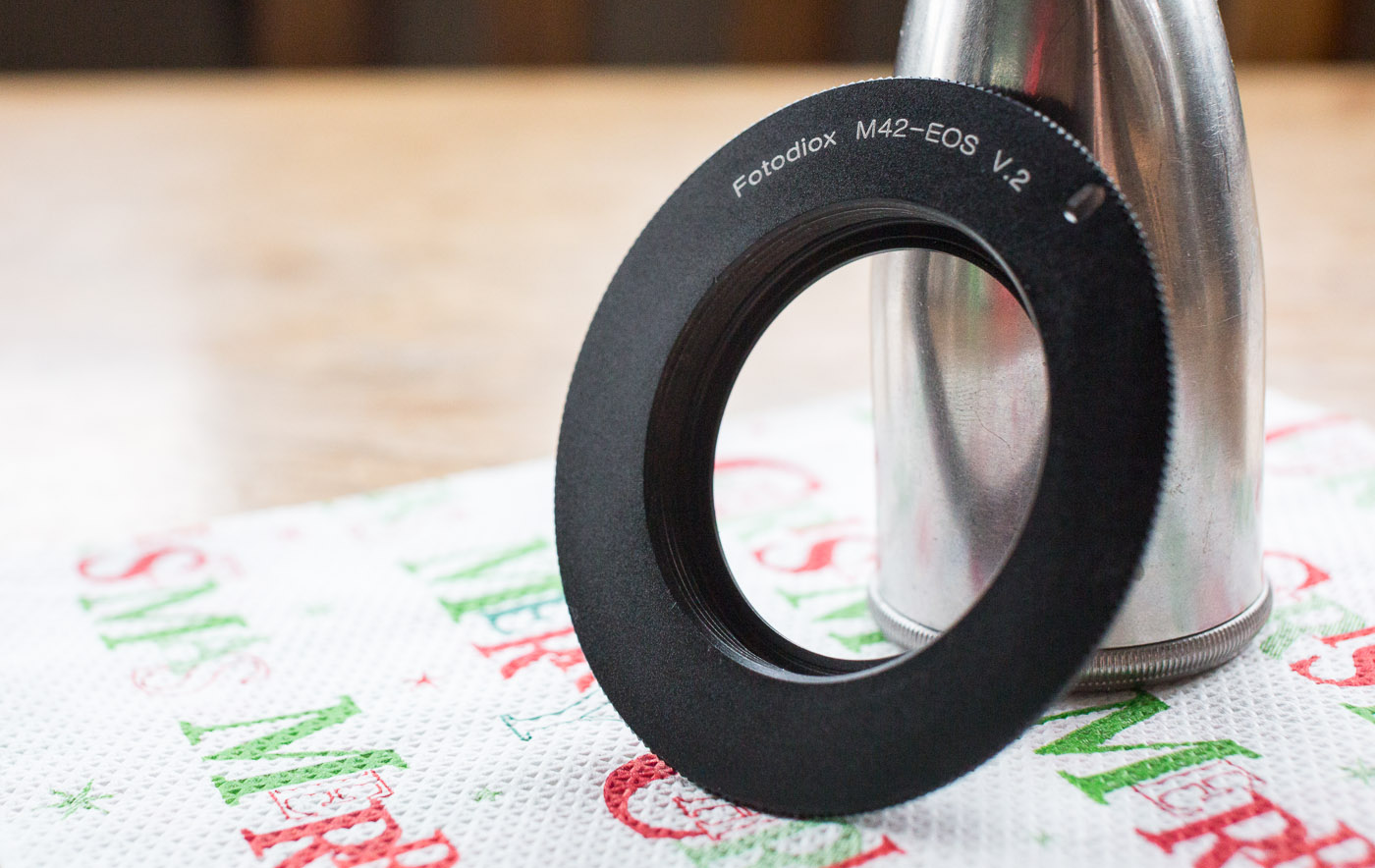
This adapter converts the Pentax M42 mount of the lens to the EF mount of my camera. It also includes a programmable “AF-confirm” chip on the back that makes the camera think that a lens is attached. This is important because without it, your Canon camera will never give you the “in-focus” focus confirmation light in the viewfinder. You can program this chip to include your lens’ focal length and wide-open aperture into your EXIF data. Note that the adapter doesn’t magically allow this lens to autofocus (it never was an autofocus lens :)).
I bought mine direct from Fotodiox for about US$30.
You can get M42/EOS adapters without AF-confirm chips much more cheaply from no-name suppliers on eBay (~US$2 if you don’t mind waiting for the slow-boat from China), and they work. But I stick with Fotodiox because their build quality is superb.
I discovered Fotodiox after being disappointed with the performance of a no-name Nikon to Canon adapter. The focus distance scale on the lens was completely out of whack because the no-name adapter was too thin, which also restricted the close-focus distance of the lens. The lens could rock slightly side-to-side because the adapter was not flat enough. With the Fotodiox adapter, the distance scale on the lens became perfectly accurate, and I could focus much closer at minimum-focus (and to infinity, of course). And the lens could not shift at all, the Fotodiox adapter is rock-solid. The same day I tried out this Fotodiox adapter, I went out and replaced all my adapters with Fotodiox.
Olympus double cable release
This double cable release is an absolute dream to use. The cables are stiffened and protected by metal mesh, then encased in clear plastic. At the camera and lens connections, the cables are covered by large spring sections to prevent the cable from bending too sharply. The action is smooth and consistent, with accurate and repeatable timing.
A locking knob is provided for timed exposures. This is not captive, but the thread is so long that it would be very difficult to lose the knob by accident.
The only real downside to this cable is the weight – 140g (5oz). Double-release cables with a plastic grip and fabric covers for the cables weigh much less, but the quality suffers, with cables which deform under load and ensuing erratic timing.
M42 cable release extension tube
This short (~16mm) M42-mount extension tube has a mechanical cable release port on the side. The cable release causes the pin on the mount surface of a compatible M42 lens to be depressed, which closes down the lens aperture.
Because it is an extension tube, it does put a limit on your maximum focus distance. For plant photography, I find this limit to be acceptable when used with a 135mm lens. For an 85mm lens and shorter, the minimum magnification with this tube gets a little too high for my liking, and I would think twice about using it.
I bought mine from Photography Attic, which is the only place on the Internet that I’ve ever seen these. I should probably get another one just in case mine breaks!
Canon Mechanical Release Adapter T3
This Canon adapter converts a mechanical cable release into a Canon T3 electronic release cable. Quite an exotic piece of kit. The T3 port is an obsolete Canon electronic cable release port, so I also needed:
Canon Remote Switch Adapter RA-N3
This adapter converts the old-style “T3” plug from the mechanical release adapter into Canon’s new N3 plug found on the 5D Mark III. The N3 plug is also used in pretty much the whole Canon 1D, 5D and xxD lines. The Canon Rebels use a different connector.
Kenko Auto Extension Tube Set DG
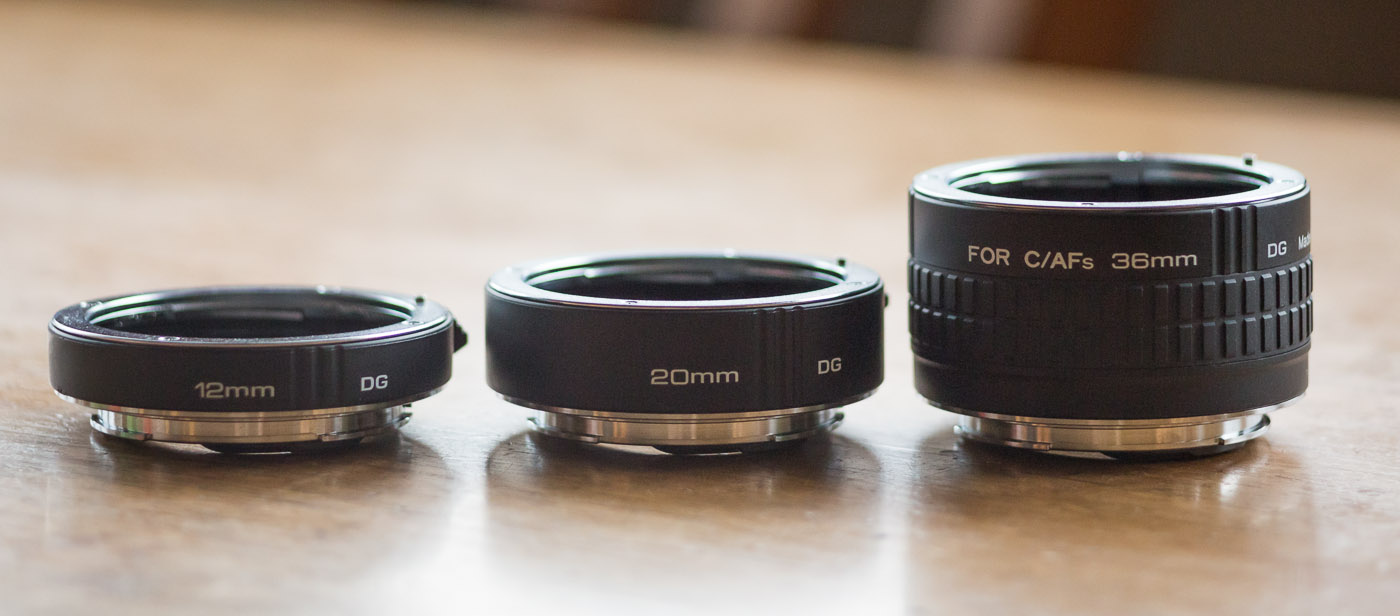
These allow the lens to be moved further from the camera, which allows it to focus closer and so increases the magnification of the subject. I used to use M42 (screw-type) extension tubes, but with those you can spend half your shooting session slowly unscrewing and screwing tubes. The Kenko’s bayonet-style mounts mean that you can add and remove tubes extremely rapidly.
Since these tubes include electronic contacts, you can autofocus with modern Canon lenses. You also retain AF-confirm when used with a lens adapter which includes an AF-confirm chip.
Sample pictures!
Here are some photos that I have shot using this combo.

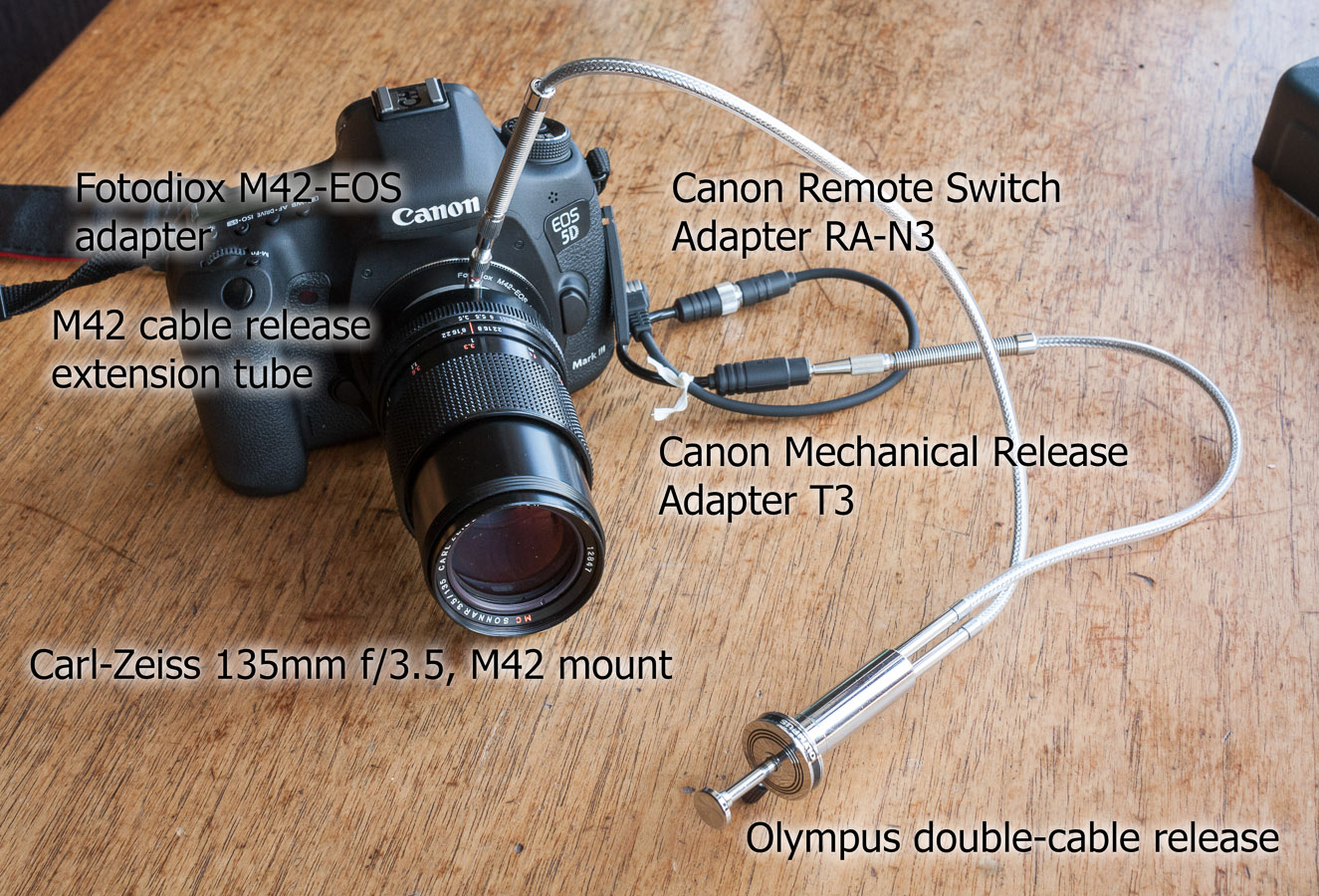
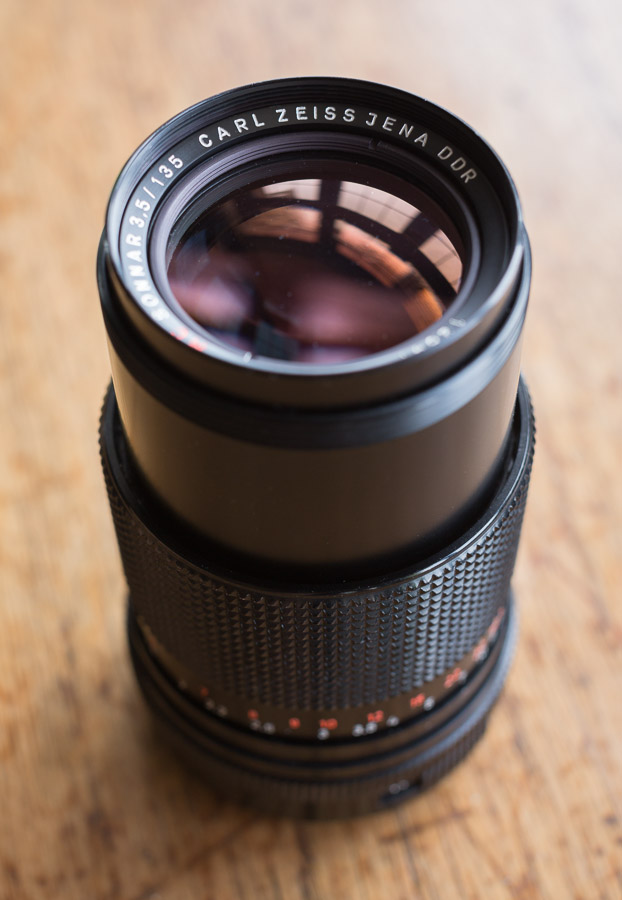
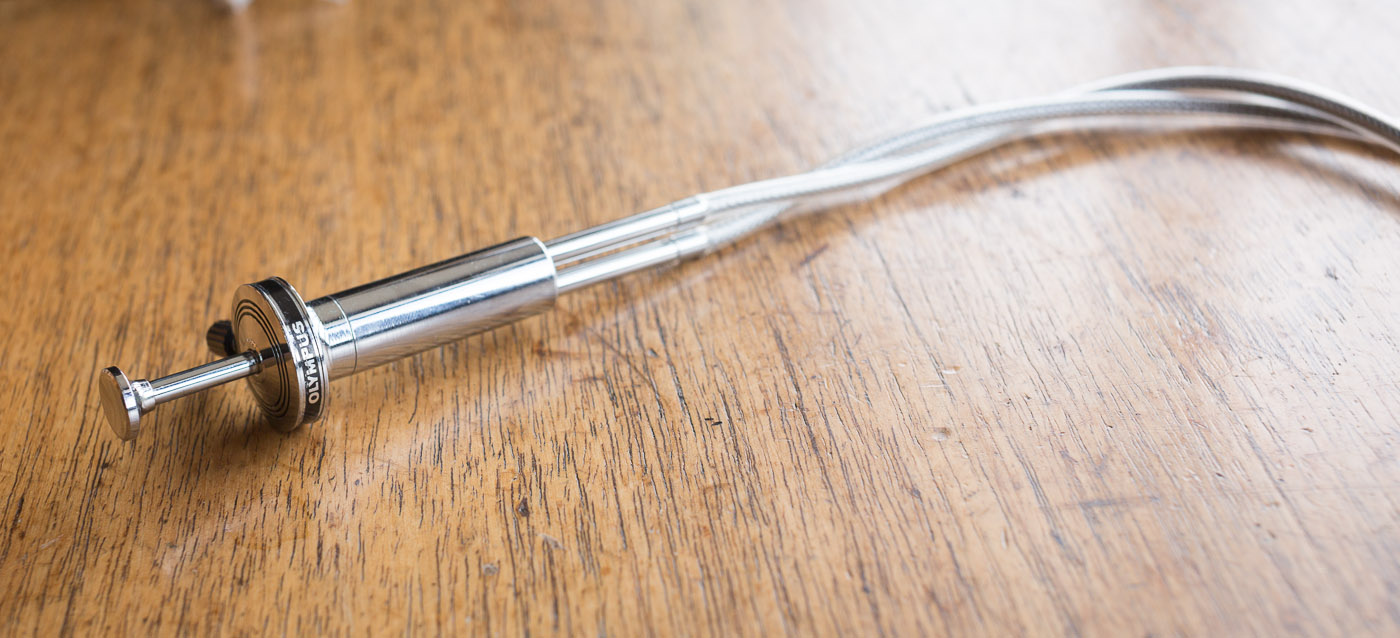
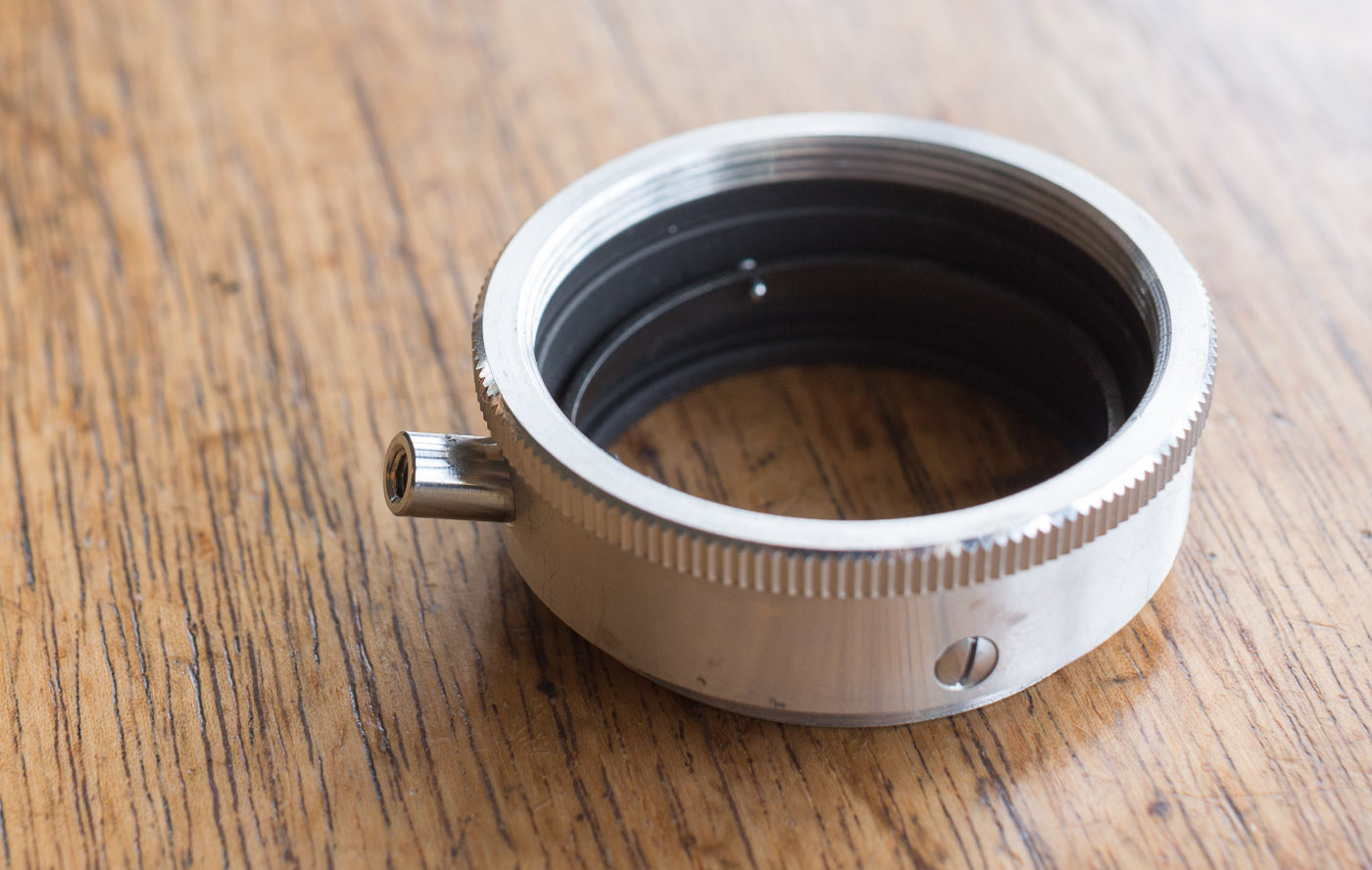
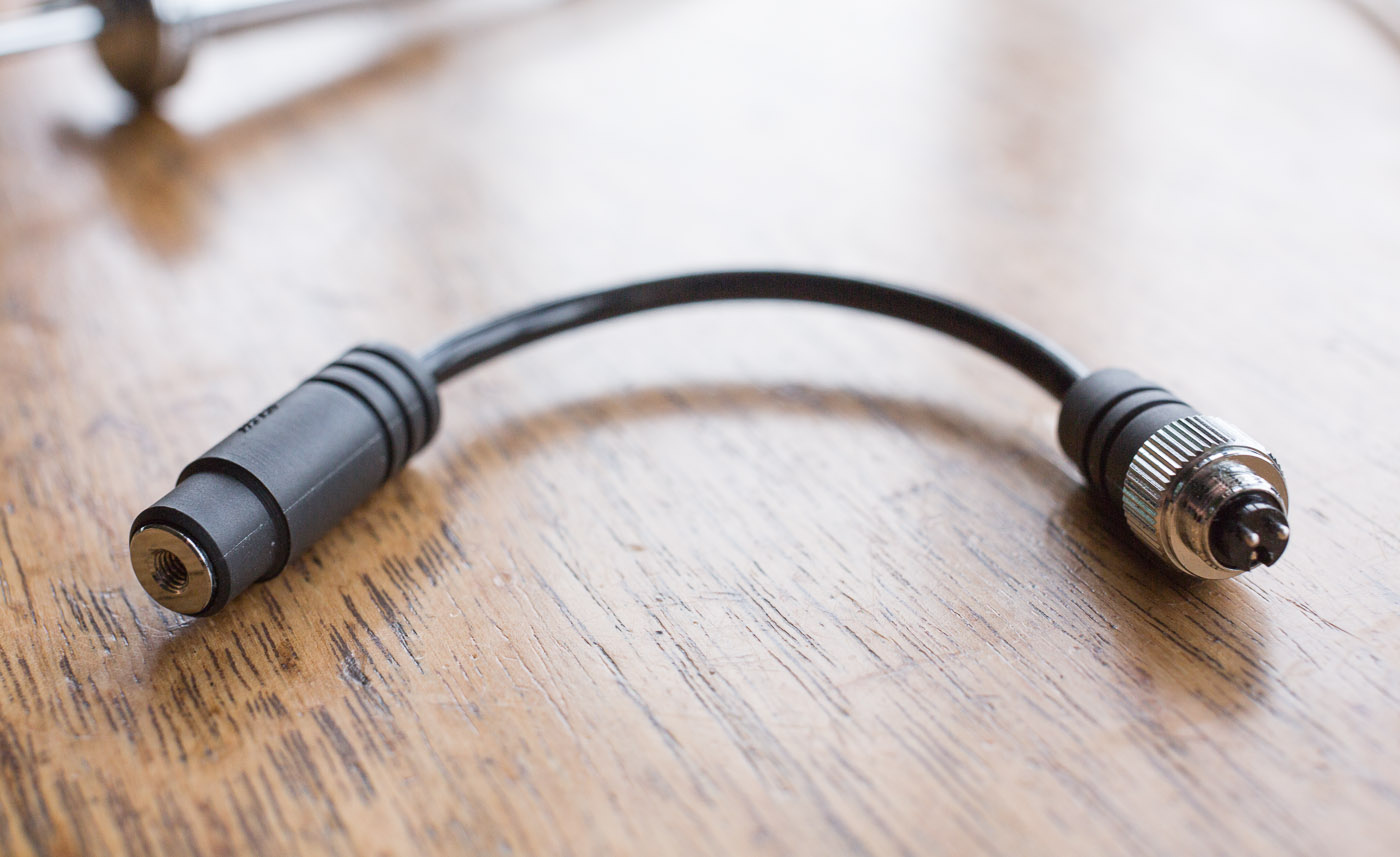








Nicholas, looking at the images of your latest extension tube and your comments about internal reflections, it appears you have baffles, which fits with my first thoughts on dealing with the reflections. My dad was a lighting engineer and I remember their test rigs also had baffles, but I believe they were further appart than what I think I see in one of the images. My thought is that they may be close enough to each other to turn into a reflective surface at very low incident angles. So, perhaps this a combination of geometry an baffle frequency.
BTW – I recently upgraded to a 5D Mk III and love the camera. Mostly I’ve been doing time-lapse nightscapes. However, I spent years working with extension tubes on my Nikonos II capturing some incredible images of tiny marine organisms. I often stacked the tubes which presented challenges in terms of sufficient lighting (inverse square law…) and depth of field – extremely shallow (which now can be dealt with using stacked images).
custom 3D printed adapter
Buenas tardes saludos desde Colombia me parecio muy interesante este adaptador que ud diseño para trabajar con amscope y nikon
Como puedo conseguir el modelo por favor
That adapter is downloadable here:
https://www.printables.com/model/143754-microscope-adapter-for-4x-macro-photography-with-s